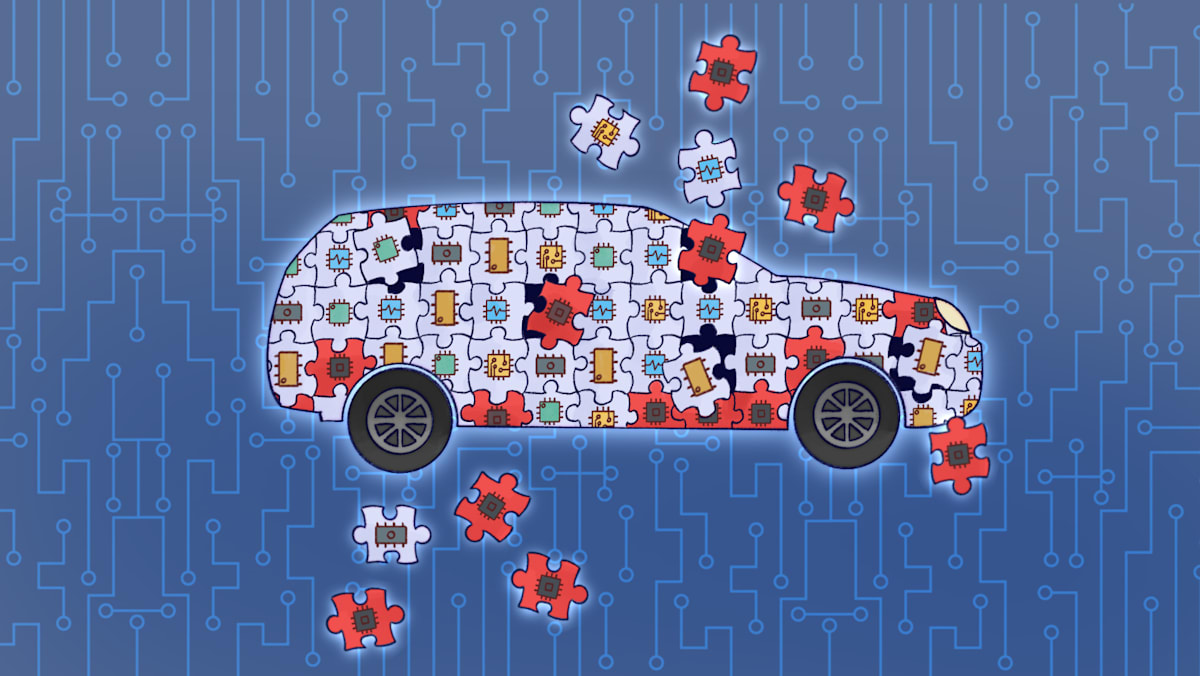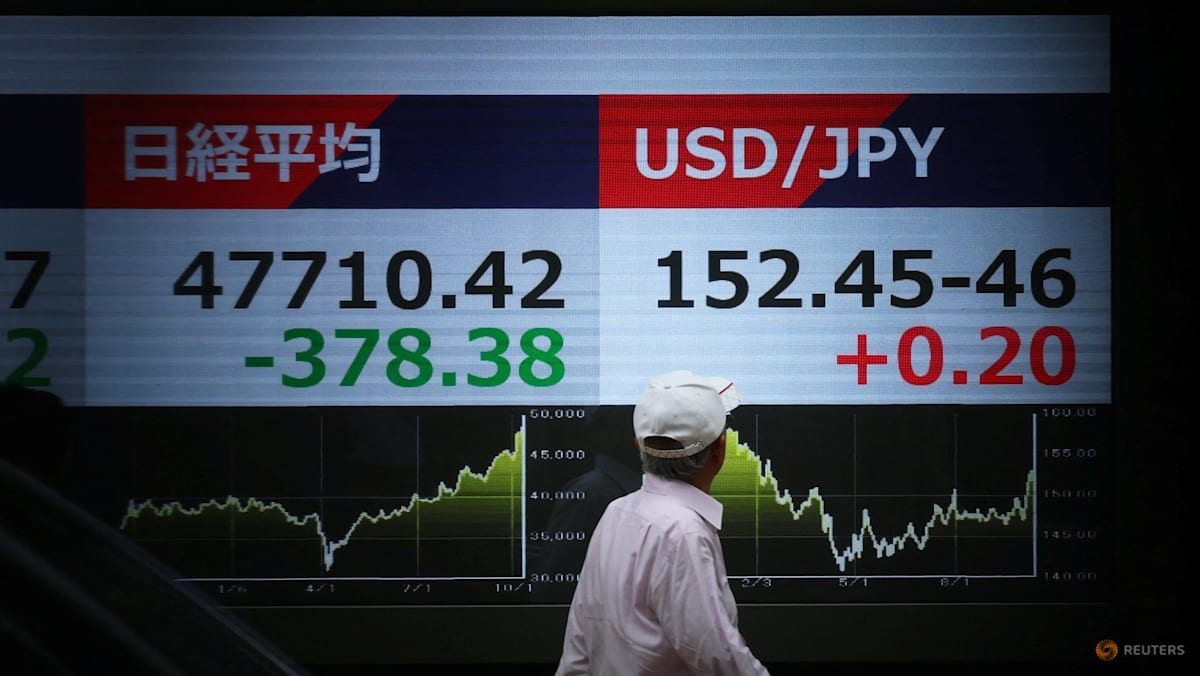Commentary: Debunking the myths of Malaysia’s ‘green wave’ in GE15

Third, it diverts attention from the main reason for the increase in votes for PN: A disastrous collapse in support for UMNO in all states in Peninsular Malaysia, except for Negeri Sembilan and Johor. It was this unhappiness with UMNO and specifically, the leadership of Zahid Hamidi, that enabled PN to benefit from the groundswell of dissatisfaction.
Furthermore, this narrative led to the chattering classes attributing the rise in support for PN to the influence of Islamic residential or tahfiz schools rather than other more plausible explanations such as PN’s strategic use of social media, especially TikTok, to reach out to younger voters.
While the rise of religious influence over the past decades in Malaysia cannot be denied, there is far less evidence that there is a correlation between this phenomenon and political support for PAS.
To attribute the “green wave” to the influence of tahfiz schools, which constitute only a tiny fraction (of less than 1 per cent, or about 50,000 out of six million primary and secondary students) of Malaysia’s overall enrolment, is to compound one analytical mistake on top of another.
Last, this Peninsular-centric narrative ignores voting patterns in Sabah and Sarawak, which constitute 25 per cent of total parliamentary seats, where PAS and Bersatu failed to make any significant headway in GE15.
NUMEROUS PITFALLS
Labelling GE15 as a “green wave” leads to many pitfalls.
If religious sentiment explained PN’s gains, then the most effective response for the Unity Government (UG) would be to counter this with religious rhetoric and related policies. Mahathir’s Sep 29, 2001 declaration that Malaysia was already an Islamic state was an example of such a response to PAS’ ascendance post-1999.
Source: CNA















